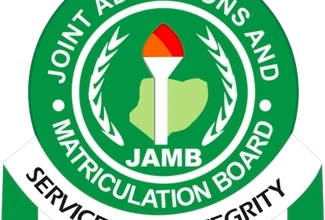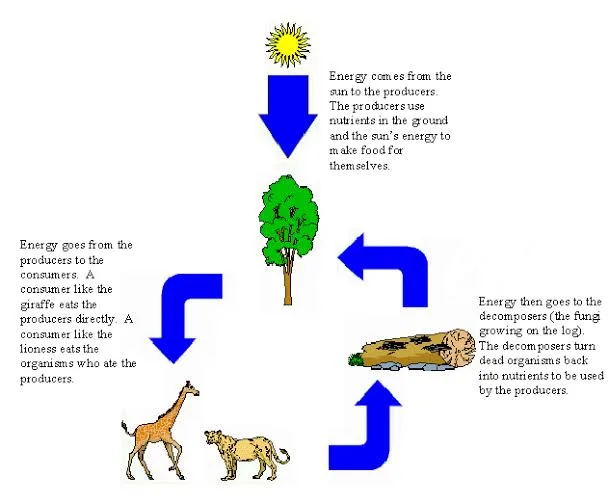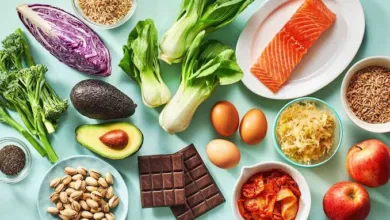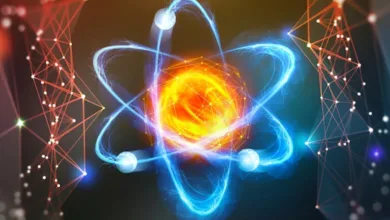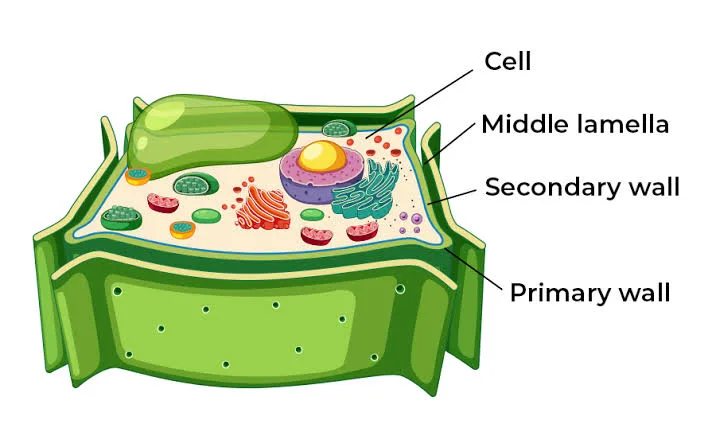
Cell Components and Their Functions
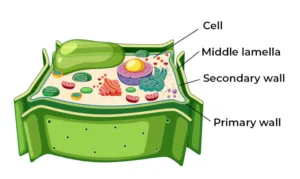
I’m sure you’re already familiar with what a cell is — the basic structural and functional unit of life. Now, these cells have various components (organelles), and each one has a specific structure and function, especially when it comes to things like absorbing and excreting water. Let’s go through the major cell components and what they do:
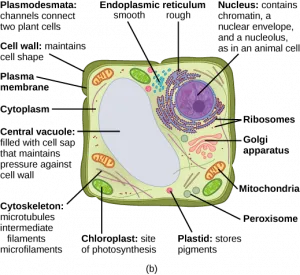
1. Cell Wall (Found in Plant Cells)
The cell wall is found only in plant cells. Its main function is to give the cell its shape and firmness. Firmness here means it helps make the cell strong and rigid. It also allows water and gases to pass through. However, there are certain substances like lignin (for example, in sugarcane) that can get deposited on the cell wall — and these do not pass through.
2. Cell Membrane
The cell membrane forms the outer boundary of the protoplasm. It is semi-permeable, meaning it allows some substances to pass through it while blocking others. It also works hand in hand with the cell wall (in plants) to control what enters and leaves the cell.
3. Cytoplasm
The cytoplasm is the part of the cell that contains all other organelles. Organelles like the chloroplasts, endoplasmic reticulum, Golgi bodies, and mitochondria are found here. It also contains organic molecules, which include food substances like enzymes. Enzymes are important because they speed up chemical reactions in the body. Most of the metabolic activities of the cell happen in the cytoplasm.
4. Cell Vacuole (Plant Cell)
The cell vacuole, found mostly in plant cells, contains a liquid called cell sap. This sap helps to make the cell turgid (firm and swollen with water). Also, miscellaneous substances can be stored in the cell sap.
5. Food Vacuole (Animal Cell)
In animal cells, there’s a food vacuole, which stores food in the process of being digested. This helps in breaking down food for use by the cell.
6. Chloroplast (Plant Cell)
The chloroplast is found only in plant cells. It is the site of sugar synthesis — that is, it helps the plant produce sugar through photosynthesis.
7. Nucleus
The nucleus controls the shape, size, and function of the cell. It contains chromosomes, which are responsible for passing on hereditary characters (genetic traits) from one generation to another. In short, the nucleus acts like the command center of the cell.
8. Mitochondria
The mitochondria are the powerhouses of the cell. They are the organelles where respiration takes place — meaning they help the cell produce energy needed to carry out various activities.

